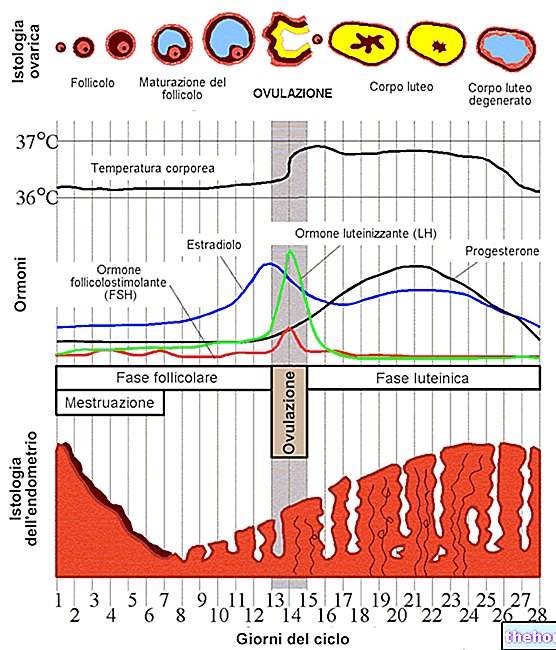Once in the stationary phase of growth, action is taken on two levels: the type of bioreactor and the composition / condition of the culture medium. The first parameter allows us to calibrate the crop towards an adequate production of active ingredients. Depending on the type of bioreactor and the growth conditions that this imposes, the following are distinguished:
- Closed loop bioreactors: the cells of the inoculum are grown until the stationary phase of growth is reached, the medium always remains the same and the system remains closed; in this way the cells begin by themselves to produce secondary metabolites, since they sense how a sufficient element of stress is the lack of one of their nutrients. Cells are kept in a closed system to produce secondary metabolites for a specified period of time, ranging from a few days to a full week - 15 days; after this time, the system is opened and the secondary metabolites extracted from the medium and from the cells (some metabolites remain trapped in the vacuole while others are released into the environment).
- Semi-continuous cycle bioreactors: cycle adapted to those types of crops that need additional elements of stress, in addition to the lack of nutritional and soil growth factors. It is called semi-continuous because already in the middle of the exponential growth the cells begin to produce secondary metabolites; this is probably due to a change in the culture medium, for example due to the massive extrusion of a secondary waste catabolite, toxic to the cells and therefore an element of stress. At this point, 50% of the cell mass is taken from the bioreactor, with 50% of culture medium; the various active ingredients are then extracted from this sample.
An equivalent aliquot of new medium is added to the bioreactor in which the remaining percentage of cells and culture medium is contained, so as to allow the cells to resume an exponential growth phase from time zero. In this case the system is opened when the cells are still in the exponential phase The bioreactor is defined as "semi-continuous" because small but sufficient quantities of active ingredients are extracted from it at regular intervals.
The closed or semi-continuous growth system is chosen on the basis of the productive capacity of the cell type, there are cells that produce more metabolites with a certain growth system rather than with another.
- Continuous cycle bioreactors: they are the most used, the most modern and engineered. They allow the crop to reach the stationary phase of growth; at this point, very small aliquots of cells and medium are taken in continuum at regular and close intervals of time; the small withdrawal allows the callus to regenerate the same number of cells that has been removed, while the collected medium is replaced with a new one. In this way the cells are kept in equilibrium on the thread of the production of active ingredients; a thread that represents the optimization in terms of quality and quantity of the production of active ingredients. This constant and continuous sampling, as well as the addition of new soil, is monitored in an automated way by chemostats and turbostats. The chemostat is the equipment responsible for monitoring the culture conditions, such as the pH and the nutritional elements constituting the soil; when these are not sufficient, the equipment intervenes by introducing the corrective means. Turbostats, on the other hand, measure the optical density of the culture, which is directly proportional to the quantity of cells; when this reaches a maximum threshold value, a small amount is taken, subsequently subjected to extraction of the active ingredients.
- Immobilized cell bioreactors: a modality similar to the closed-loop type, however it differs when, once the cell culture's ability to produce secondary metabolites has been ascertained, gelatinising compounds or solid supports are introduced into the bioreactor, which remains closed. These supports allow the suspension culture to become solid culture always inside a bioreactor, where the cells are in the form of microaggregates equally in contact with the culture medium, therefore equally sensitive to the stimuli of the medium. For certain cell cultures belonging to certain plant species, in fact, the solid support represents a mechanical stimulus capable of inducing a sensitive morphological and functional differentiation; in other words, the cells begin, albeit slowly, to differentiate into organized tissues; a macro or microscopic morpho / physiological differentiation corresponds most of the time to a metabolic differentiation. In conclusion, the immobilization of the crops can favor the production of secondary compounds.
Other articles on "Biotechnology: types of bioreactors and their applications"
- Biotechnology: bioreactors and the synthesis of active ingredients
- Pharmacognosy
- Biotechnology: factors that influence the production of active ingredients



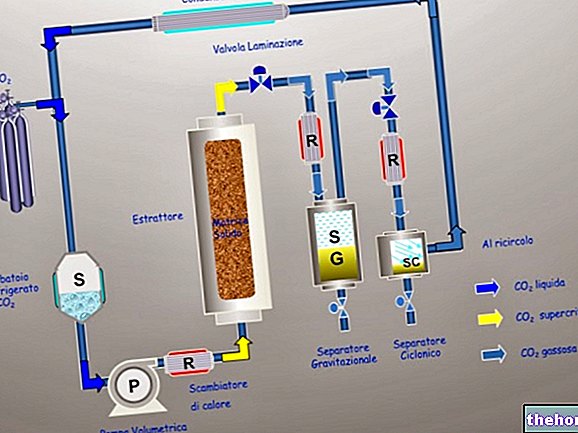
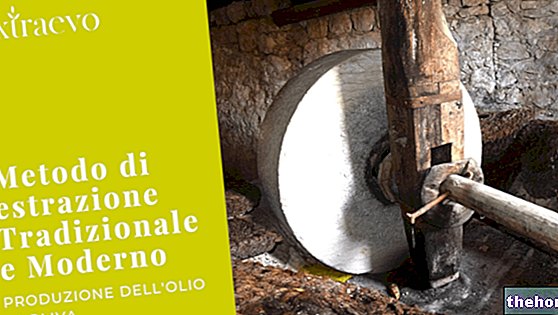
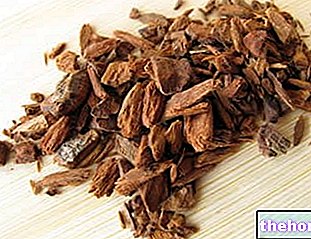

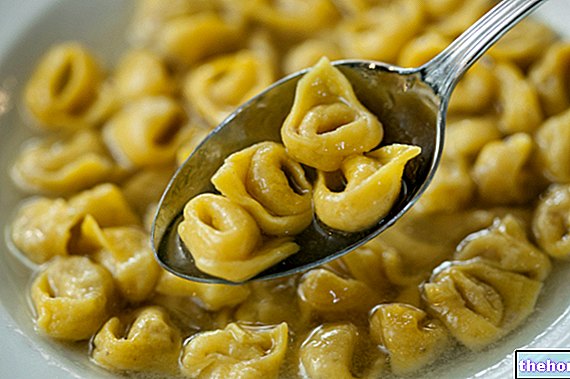
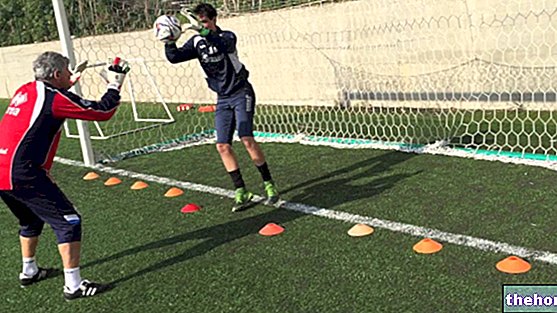
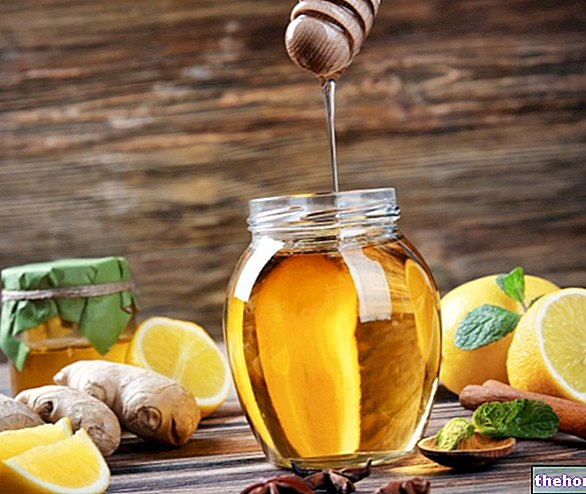




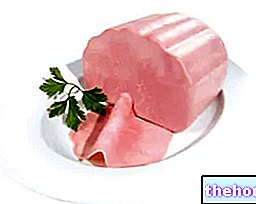

.jpg)



